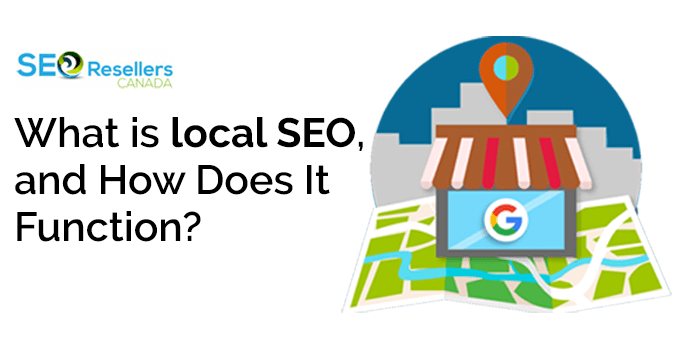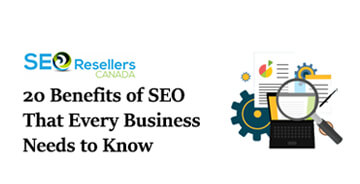Although marketing and advertising have a similar purpose of promoting and spreading brand awareness, they are not entirely the same. Knowing the difference between them could make it easier for you to properly utilize both of these strategies to their full potential.
Once you know which of the strategies has a higher ROI and works better for your business, you can use it to get the highest number of customers for your product or business. Understanding what works better for you: marketing, advertising or both depends largely on the market research you conduct. You need to make sure that you have a proper overall idea of the market that you’re aiming to appeal to, in order find a strategy that brings you the best results.
Let’s start with breaking down the major difference between the two terms.
The New Oxford American Dictionary says that advertising is “the activity or profession of producing advertisements for commercial products or services.”
About marketing, it says that it is “the action or business of promoting and selling products or services, including market research and advertising.”
This means that while marketing includes advertising, advertising is only a small part of the larger aspect which is marketing. In order to advertise more effectively, you need to research the market you’re going into and understand the dynamics of it, which fall under the umbrella of marketing.
This means that when you’re advertising, you’re coming up with content and distributing it to all the potential customers so that they can know that you have a certain product or service that they might be interested in. However, marketing, as a concept, is about much more than just advertising.
When it comes to marketing, you have to include the research that goes into coming up with the most appropriate and efficient ads. For instance, you also have to think about how much your products will cost, how people will be the most inclined to buy them and what the competition is doing with respect to advertising and pricing similar products and services.
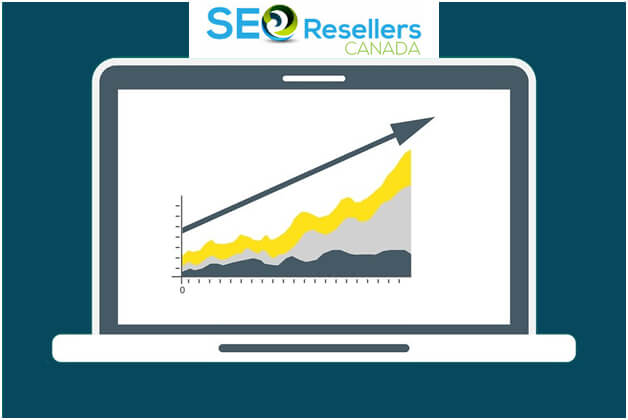
You also have to keep a close eye on the progression of all the measures you’re taking, with regards to how well they’re working and if the investment of time and money you’ve put into them was worth it.
What’s more, with marketing, you’re trying to create some kind of difference in the perceptions of your customer base. These differences could be in the current information they have, or the extent to which they know about or agree with something.
On the other hand, advertising is about using financial investment to actually bring that difference in perspective into being. While on one hand, you spend money in getting that advertisement to your customer base, they have to spend money on your product or service if the advertisement works. In that sense, an advertisement is like an exchange of money.
So, when it comes to the return on investment (ROI), does it matter if you invest in paid advertising or content marketing? Will you face a significant change in the ROI if you opt for one and not the other? There isn’t any rule set in stone about which strategy you should opt for because there are ways to get an ROI from either method.
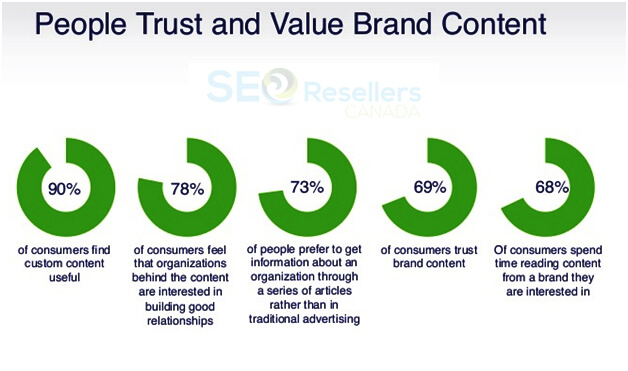
Many brands today need both an effective marketing and advertising strategy in order to get the most reach. These strategies help them get more visibility and uncover more ways to appeal to the largest number of potential customers.
SEO Resellers Canada is all about helping businesses come up with the best SEO strategies and generate the most leads for their brand.
In this article, we’ll be discussing marketing, advertising and which one has a higher ROI. We’ll be talking about the following topics:
Contents
1- What Is Return on Investment?
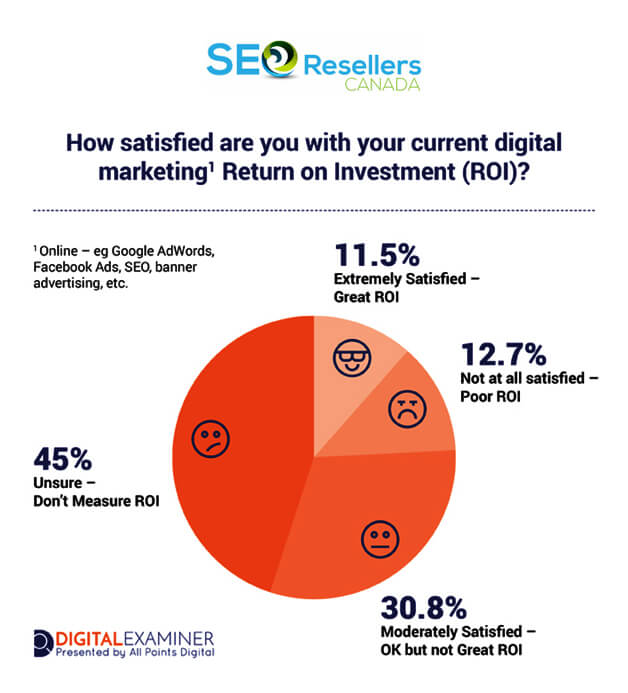
Understanding the return on investment (ROI) is extremely important. It gives you an idea of how well different strategies are doing and which ones you should continue with. When you properly monitor your ROI, you can get a better picture of what kinds of strategies are profitable, and to what extent they’re paying off as well.
Another way to describe ROI is: to what extent it is helping you create more business and appeal to as many potential customers as possible. When you’re spending money on different marketing and advertising strategies, you need to make sure that they are creating more business than the investment costs they required because this is a key aspect of the business.
Regularly checking on your ROI helps you get a proper statistical analysis of how your business is growing. Are you getting enough business? Are enough of your products selling? Is there a substantial amount of potential customers visiting your brand’s website? All of these factors are extremely important to keep an eye on.
How do you figure out the ROI? There are two main ways that the ROI of any strategy is derived. First, how much it costs to make the strategy come into action and second, the kind of results that were seen afterward. The results are usually based on how much profit or revenue was made.
When you’re marketing, be it online or in person (these days it’s mostly online), then the kind of strategies you use to create a good online marketing scheme can generate ROI as well. The amount of money you invest in your online marketing should lead to revenue from customers that invested in your products or services after being influenced by marketing.
With the rise of online marketing, many businesses don’t need to spend money on coming up with marketing strategies, so they prefer placing a greater financial investment in their advertising instead. There are different ways to advertise now, like social media advertising, placing ads on search engines and doing paid partnerships with influencers who will advertise your products or services.
Why is it important to keep a record of your ROI? Often, start-ups and new businesses will spend a large amount of money on advertising their company. They won’t have a specific budget for advertising because they hope that the more they spend on promoting their brand, the more they’ll get in revenue in return. This can turn out to be successful, but many times, the start-up goes bankrupt because they weren’t analyzing their ROI simultaneously.
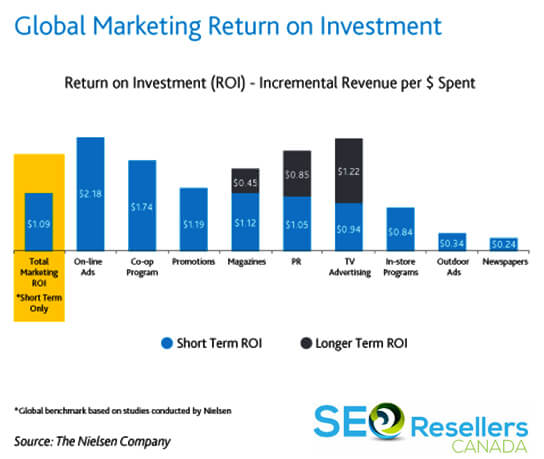
What are some reasons that investment goes to waste? For starters, if there wasn’t a substantial amount of marketing research going into what the advertising strategy should be, the investment can result in loss. Similarly, if you keep spending money on an advertisement without monitoring your ROI, you could be consistently losing money and not have been aware of it. It’s possible to identify a failing strategy and correct it if you catch the inefficient ROI in time.
ROI can also help you to generate more revenue for your future endeavours. For example, for a particular strategy, if you find out that a small investment of $250 is getting revenue over $10 000, you’ll know that this strategy is going to work when you come out with a new product or service as well.
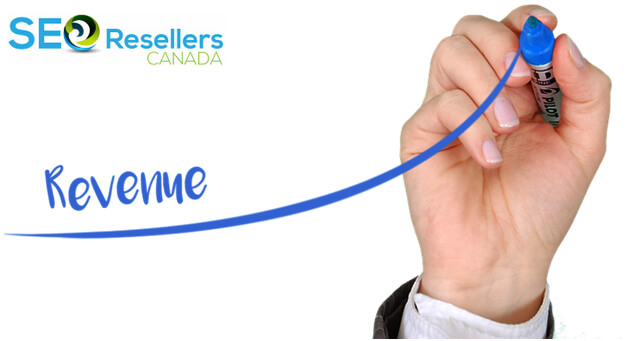
One problem with ROI is that a lot of businesses don’t understand what costs they have to keep under their expenses. For example, if you’re getting someone to generate SEO content for your blog, you have to keep their charges in mind too. If the content they’re creating is aimed at generating leads, then it is part of the expenses that are going towards your advertising and will play a role in calculating the ROI later on.
A business may also be using more than one form of advertising and have different marketing strategies working at the same time. In this case, you have to calculate the revenue for all the different marketing strategies separately, but the calculations you make will determine how they are influencing the overarching ROI for your brand.
Essentially, this means that ROI has several different ways of being calculated. You can calculate it for a particular marketing strategy or for your overall marketing strategy and marketing mediums that you’ve invested in. In the end, the purpose of it is to ensure that you’re making more returns than you are spending on your expenses in order to promote your product or service.
2- Marketing and ROI
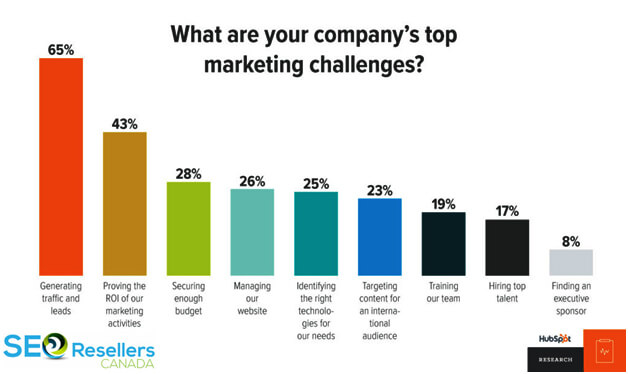
Almost 91% of B2B businesses and 86% of B2C businesses understand how important content marketing is for generating ROI. No one likes spending money on a marketing strategy that is going to end in more loss than revenue. It’s important to be extremely wary of how much and in what ways you’re investing money into your marketing because even the tiniest of negligence could lead to your brand going bankrupt.
One way to make sure that the marketing medium or mediums that you’re opting for will work is to do small tests on them before making a larger investment. You can do this by carefully venturing into one form of marketing and analyzing your results to see if they would work well in the bigger picture as well. If this doesn’t look like a promising investment, you should try another strategy until you find the one that works best for you.
It’s important to keep your audience in mind when carrying out these tests. Not all forms of marketing mediums work for all sorts of audiences, so the goal is to find mediums that are going to appeal the most to the people you want to bring in as your customers, while also keeping your specific product or service in mind too.
For example, if you want your brand to focus solely on young to middle aged women, then social media and brand awareness, as well as influencers could be a great method of getting more potential customers. However, you also have to keep in mind what kind of product or service you’re promoting. For instance, if you’re going for beauty products, an influencer would be able to provide a more hands-on review, but people won’t be interested if all they see about a product is an image of it.
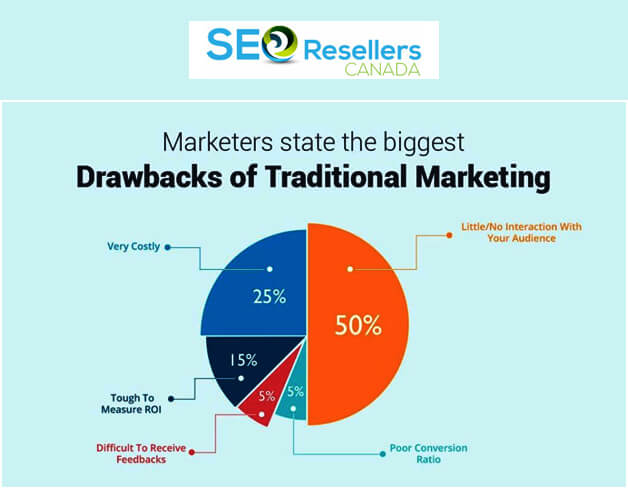
One interesting development that has recently taken place is the merging of different marketing mediums. For example, the same product that you discuss in a lengthy blog post, you can post detailed photos of on social media, such as Instagram. Then, you can have an influencer try out your product and post about it on their YouTube channel, and so on. The amount of investment it takes to use all these marketing mediums doesn’t drastically increase and can be based on similar content as well.
Having different marketing channels with different variations of the same content means that you don’t have to put in too much additional investment. This makes it easier to keep track of your ROI because you won’t have multiple expenses to keep in mind.
3- Keeping Track of Your Marketing

Of course, similar to anything else in the business world, knowing how your competitors are faring is extremely important in order to know where you stand. Even when you know what your ROI is, it isn’t going to help you expand or improve on your business unless you know what kind of ROI your competitors are getting.
You’ll have to start making comparisons between how well your marketing is doing and the ROI that your brand is getting and that of the other businesses in the same niche as you. You can do this by visiting the websites of your most successful competitors. Doing a proper analysis of their website is very helpful because you’ll find out how many posts they make, what kind of content they post, how long their posts are, and how frequently they update their website.
You’ll also find out whether they encourage sharing by having sharable links and buttons on their site. By going into the comments section, you’ll be able to get a good idea of how much interaction they get on their website. Are their customers generally pleased with their products? Do they reply to all their customers’ queries and deal with negative feedback in a constructive way?
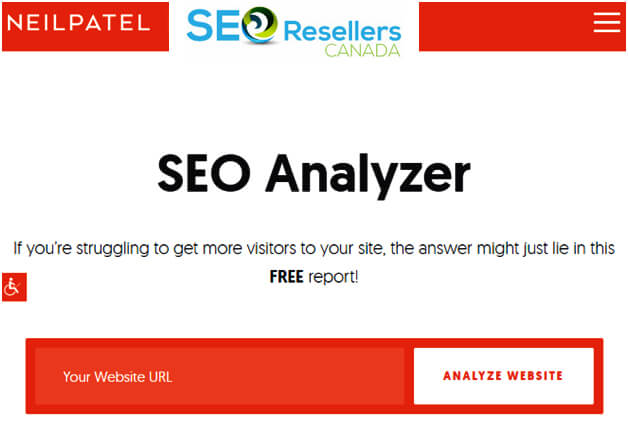
Similarly, you can go on to analyze what kind of social media activities they engage in as well. Do they have an account on all social media platforms? What is the average age of the followers they have? You can also identify how active they are based on how often they get back to customers that have questions and what kind of help they offer. For example, do they refer to their website or make an additional post that addresses the most frequently asked questions?
Last, but not least, online marketing is largely about SEO. By using tools like UberSuggest and Moz, you can analyze not only your own website but that of your competitors to see how well they’re performing with respect to SEO. You can find out how well their content is received, how many clicks their pages get and what kind of keywords they’re using in order to appeal to their niche.
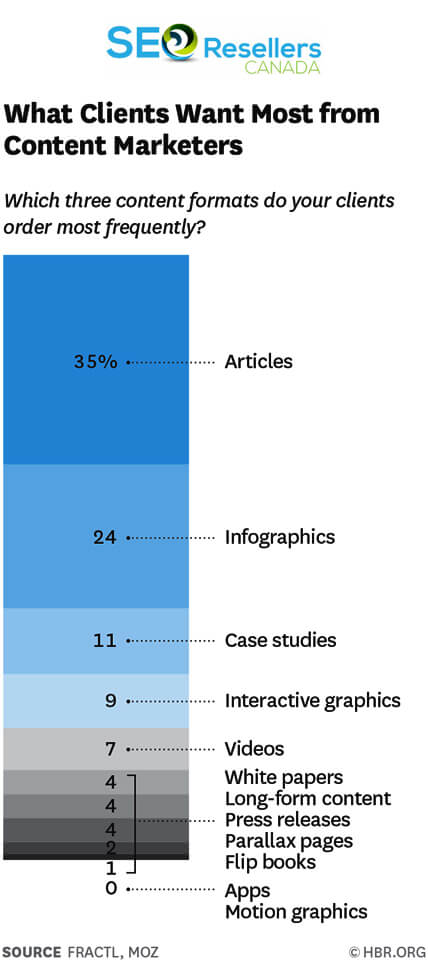
It’s easy to read into the SEO strategies that your competitors have, just by doing some research on what platforms they’re using and understanding the kind of content they have on each respective platform. Many businesses get more audience by talking about their location and appealing to those that live nearest to their business’s physical location, while others get more audience by regularly posting authentic, helpful blogs that are going to get the attention of the audience that they are trying to connect with.
Using your analytical skills and the help of any SEO analyzing tool, you’ll know where your brand stands in terms of the ROI you’re getting. You will know whether you need to make any drastic changes to the effort you’re currently putting into your marketing because it is quite possible that you could be getting much more ROI with the same amount of investment, if only you knew where to place the maximum amount of your efforts.
4- Keep Improving Your Marketing ROI
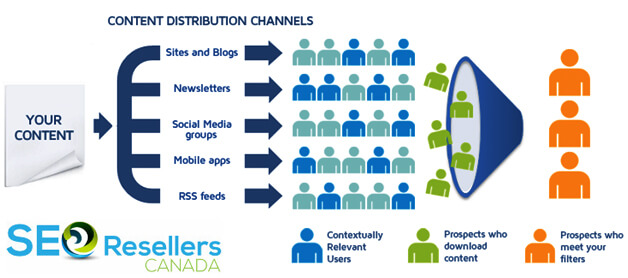
Just because you now have an idea of how your brand is doing compared to other brands, it doesn’t mean that you should let your ROI continue to be as it is. You have to take full responsibility of your ROI and make sure that it’s always towards the higher end, whether that means changing the marketing mediums you’re using or putting more content on the ones you already have.
Keep track of whatever mediums you’ve been using up till now and identify whether they are working towards getting you more potential customers, getting your website seen by search engines, and leading to the kind of revenue that you know your competitors are getting. It’s possible that although you’ve been working on enhancing one marketing strategy for months, you end up having to drop it because it didn’t lead to the kind of ROI you were anticipating. Rather than wait around for it to lead to more losses, you have to either change it or leave it altogether and use your newfound knowledge to find a more suitable alternative.
The best part about finding out whether your marketing strategies are working or not is that you learn what to do and what not to do when your next product or service is launched. Over time, you become more skilled in identifying exactly what strategies work to promote specific products or services.
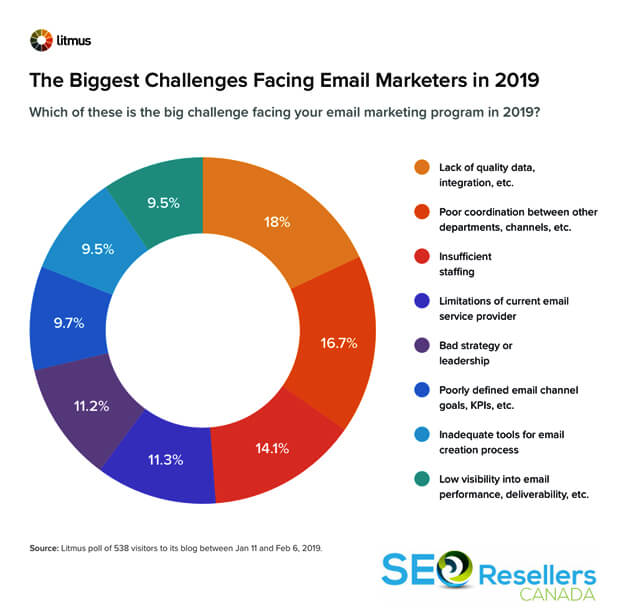
It’s important to accept that all your marketing strategies don’t necessarily have to work, even if they’ve worked for other people or worked for you in the past. There could be an email campaign that worked for older customers before because they are more likely to use that medium as a source of information. However, if you’re trying to cater to a younger audience with an interest in visual and hands-on reviews in order to consider a product, then emails are not going to work and will lead to more loss than generating revenue.
Many different marketing tools now offer the option of tracking your ROI for different marketing mediums and telling you where you should invest more. They’ll provide you with the statistics you need in order to get a better idea of which area is generating more leads and which medium is wasting your team’s potential.
5- Advertising and ROI
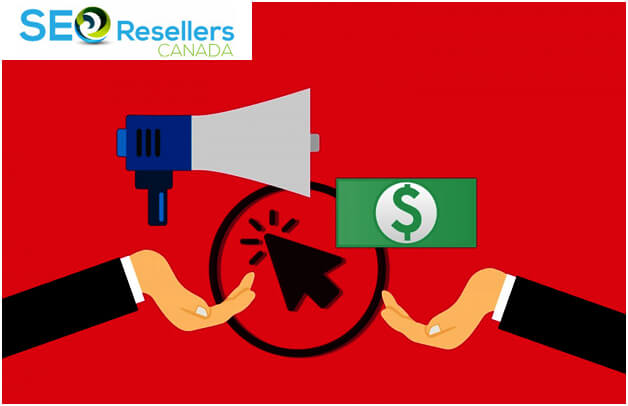
When it comes to advertising, the measures you have to take in order to ensure that your advertising strategies are working are similar to the ones you have to keep in mind for marketing. However, as marketing is an overall strategy for which advertising is only a part of, the way to assess the success of your advertising strategies is more specific and number-oriented.
Some ways that you can measure your advertising ROI is by assessing how much reach your individual ads are getting. How many potential customers are getting the chance to come across your ads through whatever platform you have used to display it on?
Most online advertising now tells you how many people have viewed your ads, for example, Facebook ads show you how many people viewed your free ads, and provide you with a rough estimate of how many more people would see it if you used a paid ad that shows up in people’s newsfeeds.
You also have to analyze how much it cost you to place an ad on that medium. Based on how much it costs to have an ad, you’ll be able to determine whether the number of views and then the number of click-throughs to your website is generating enough revenue to compensate for the cost of the ad.
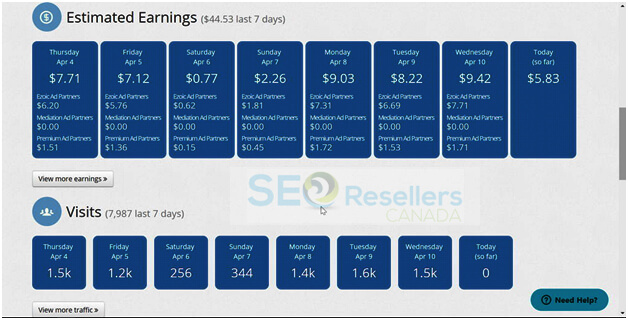
It’s also essential to identify whether the ads you’re putting up are actually reaching the audience for your niche. Even if thousands of people are coming across your ads, if they aren’t part of the potential customer base that is going to click the ad and go to your website, which could lead to a purchase, then your ads are not meeting their full potential.
Around 56% of B2B and 38% of B2C companies use multitouch attribution to understand what kind of behavior their customers carry out before making a final decision. This assesses whether they first go to your website, then your social media platform, then read reviews, until they make the decision to go through with the purchase or not. This helps you understand how important your ads are with respect to getting you the maximum ROI. Do your ads play a role in encouraging people to go to your website and consider making a purchase?
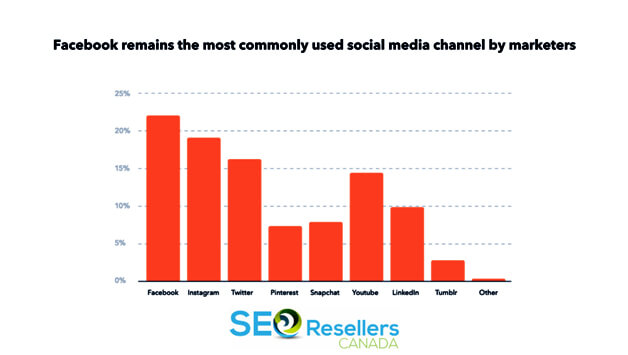
It’s obvious at this point that most advertising takes place online, so you need to make sure that your ads have the information that potential customers will need in order to build more interest in your product or service. One way that businesses do this is by linking their ads to the landing pages of their websites. This ensures that customers are taken to a page where they’ll get a substantial amount of information regarding the product or service that they were interested in. If your landing page provides insufficient information or takes too long to load, people are going to bounce off of your site.
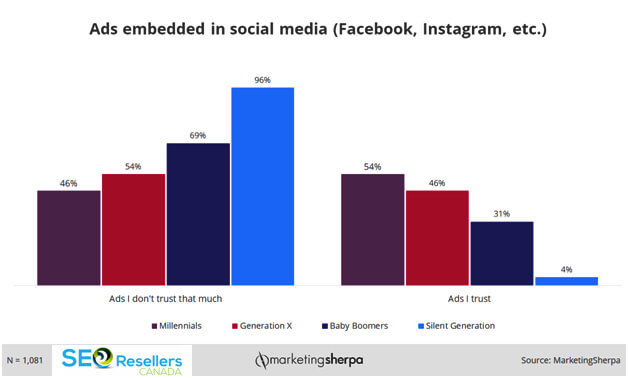
Hubspot states that businesses that have 40 or more landing pages linked to the ads they put up are 12 times more likely to generate leads than businesses that have 5 or less landing pages. Unfortunately, almost 61% of businesses still have fewer than 5 landing pages, which means that they are missing out on a large portion of potential customers that may have taken the next step (made a purchase) if they had been provided with the information they needed to make the purchase.
One way you can associate your landing pages to your ads is by promoting discounts in the ads and then linking it to a landing page that explains how the discount can be availed. Make sure that your landing pages are as informative as possible because a potential customer needs to have a reason for staying on your page and reading more about your product or service.
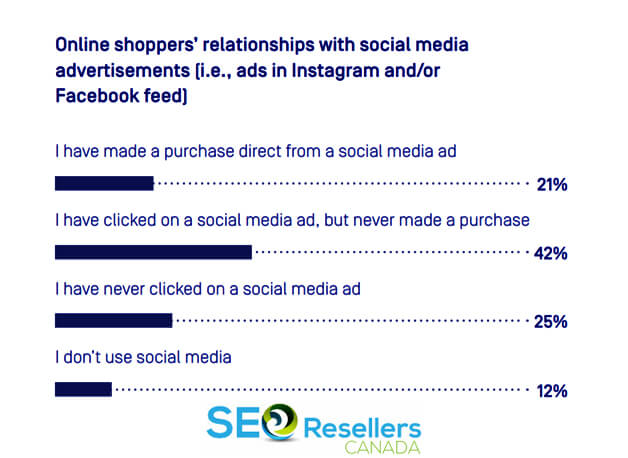
If you have different ads catering to different groups within your audience, make sure that you customize the landing pages accordingly. You don’t want someone who clicks on your ad for one product ending up on a landing page that discusses all the products in one place because they’re going to lose interest and leave your page.
Did you know that only 52% of the businesses in your competition are likely to be enhancing their landing pages? This means that having an optimized landing page is going to put you well ahead of many of your competitors in terms of generating leads. All you have to do is make ads that have a call to action which encourages people to visit your site. When they arrive at the landing page, you should discuss your product in more detail and have a proper call to action at the bottom, where people can decide whether they are convinced enough to make a purchase.
6- Marketing vs Advertising: is one better than the other?
The answer you’ve probably been searching for is no. You can’t really measure digital marketing vs advertising. In the current business world, you can’t have marketing without advertising and you can’t have advertising without marketing. There’s no set rule for which one generates more ROI because it depends solely on the kind of business you have, your customers and your niche.
What really matters is how you keep a watch on your ROI and ensure that you’re always using the best strategies. With the rapid advancements in online marketing and advertising, using one standard strategy rarely ever works. You have to keep improving and upgrading the way you promote your product or service and how you distribute knowledge about it to the audience you want to target in order to make sure that you’re getting the most ROI.
Final Words
Hopefully, these pointers have given you a better idea of what you need to improve with regards to both your marketing and advertising in order to generate more ROI. While many businesses don’t think that monitoring their ROI from the start is important, it can actually help you save on your resources and ensure that you don’t end up investing in places that are only going to lead to more loss than revenue.
Monitoring your ROI helps you understand what marketing and advertising practices are working best for your product or service with respect to the audience you’re trying to appeal to and the competitors that you have to consider as well.
When you know that you are getting more ROI through one marketing strategy than another, you’ll know which ones to let go of and where to place a larger investment.
The best part about becoming more cognizant of your brand’s ROI is that you’ll have an easier time coming up with marketing strategies in the future. Once you know what works best for your brand and get you the most revenue, you will only have to tweak and use it for a newer product or service that your business comes up with.
At SEO Resellers Canada, we’re all about helping your brand use the best SEO practices in order to create content that generates the maximum number of leads. We’ll help you revamp your website and create more engagement with your audience so that you get a better ROI for the efforts that you put into your marketing and advertising strategies.
























